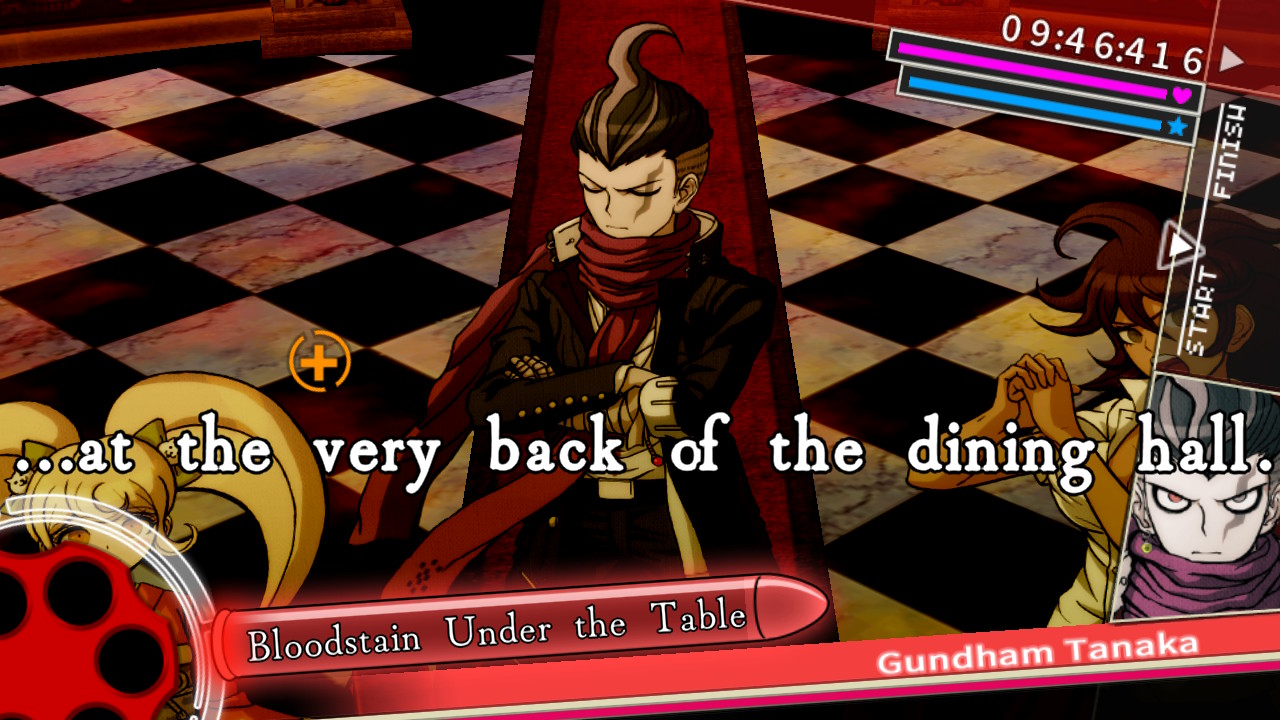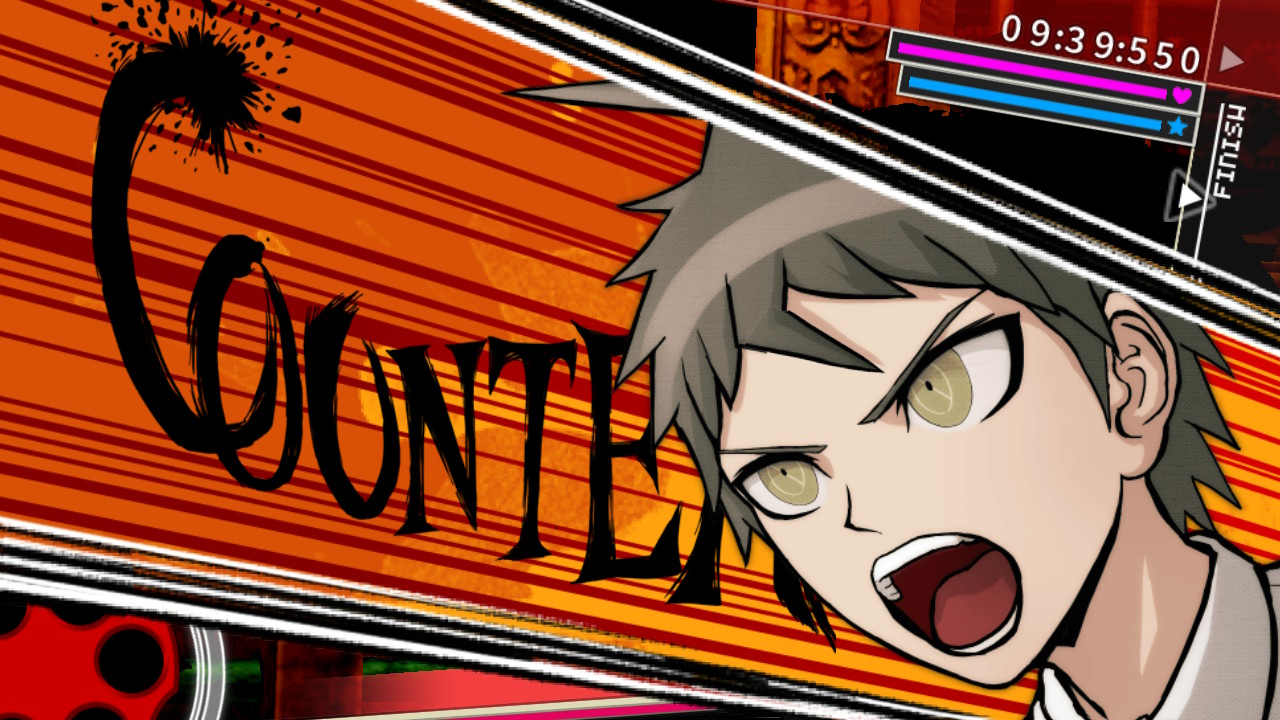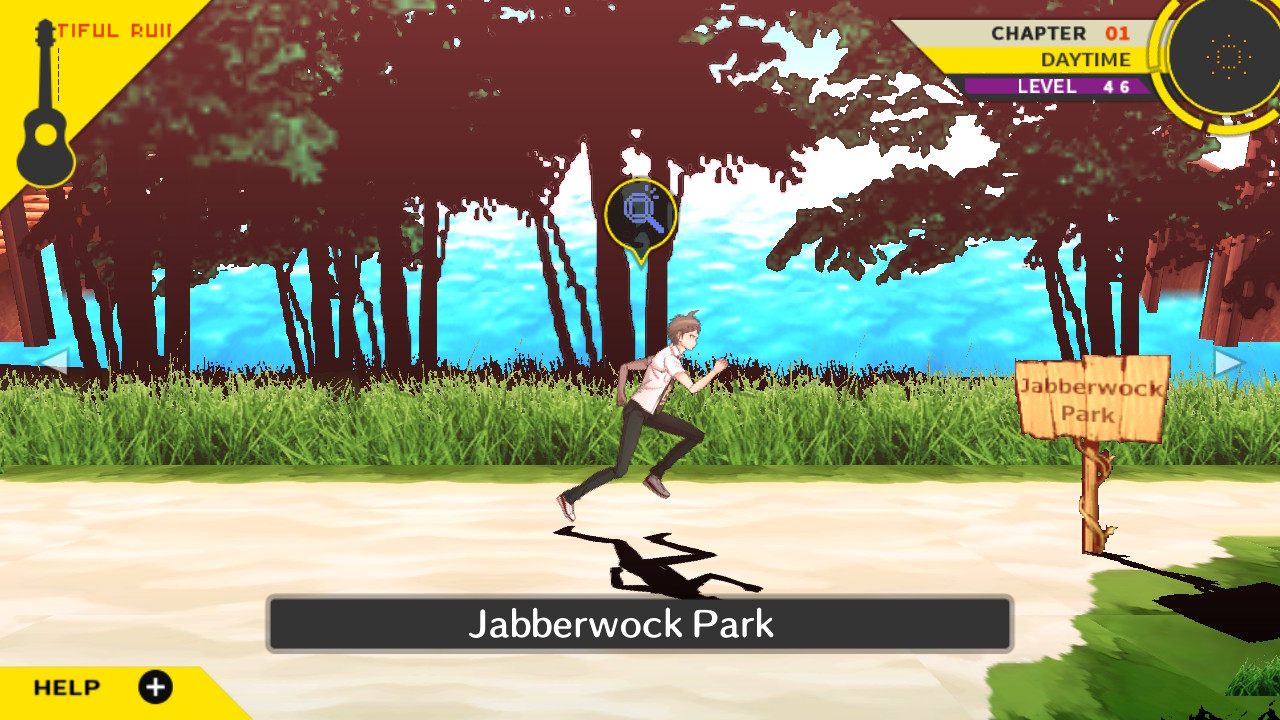From our perspective, more than ten years later, Danganronpa has since become a successful franchise with multiple mainline games, a spin-off, anime series, and various other materials. But it can be easy to forget that it started with one self-contained game. While the first Danganronpa was a stand-out title, it wrapped up fairly neatly, and it wasn’t necessarily clear the new classic would benefit from sequels. Not long after, however, Danganronpa 2: Goodbye Despair was released and proved beyond a shadow of a doubt that this franchise had more to offer. While Danganronpa 2 does hit many familiar beats in setup and gameplay, the sequel is so successful that it overcomes a lack of novelty by once again drawing the player into an enthralling and suspenseful world full of quirky characters and intense mysteries both big and small. This anniversary Danganronpa Decadence release, alongside the other games in the collection, will hopefully introduce this visual novel mainstay to a new generation of fans.
Danganronpa 2’s story begins with Hajime Hinata, the player character and an incoming freshman at Hope’s Peak Academy. The school, previously featured in the first Danganronpa, is an institution for those with an “Ultimate” talent or ability. These specialties can range from the fairly typical, like the Ultimate Mechanic or Ultimate Gymnast, to some odder ones, like the Ultimate Lucky Student or Ultimate Princess. However, not even a few minutes in, it’s revealed that Hajime and his classmates have been transported to the tropical Jabberwock Island. They are introduced to a rabbit mascot who seems to be facilitating what should be a fun trip. Though this is jarring for the group, things get worse as Monokuma (the sadistic two-toned bear who ran Danganronpa’s killing game) takes over the island and redefines the itinerary for Hajime and his classmates. As in the first game, in Danganronpa 2, the students are trapped and to escape, they must kill one of the other students and get away with it during a “class trial.”
What follows is a series of increasingly convoluted murder plots involving the students. Each case is a self-contained story in the “whodunnit” style, though throughout each, various hints are dropped as to the larger mystery of the killing game and Jabberwock Island. Where Danganronpa 2 shines is how each element of the story—individual character development, each murder case, the overall mystery, and surreal humor are blended. Amid characters discussing a serious matter, there are still jokes and insults dished out between them, and watching their reaction to Monokuma’s antics is always amusing. Even on my second playthrough, some of the cast’s lines had me giggling even as I tried to piece together each case. And on the other end of the spectrum, much like the first game, the last chapter of Danganronpa 2 hits you with so many rapid-fire revelations and twists that it becomes difficult to turn the game off until the final conclusion. Most of the characters also evolve beyond the confines of their original gimmicks, and some are just hilarious. I especially loved Gundham Tanaka, a chuunibyou-afflicted animal lover with four adorable hamsters accompanying him as his “4 Dark Devas of Destruction.”

Gameplay in Dangaronpa 2 is divided into three categories: Daily Life, Deadly Life, and the class trials themselves. Each chapter tends to begin with a Daily Life section, which mainly introduces the new developments on the island, often with humorous elements mixed with a sense of foreboding. Daily Life also gives you, as Hajime, 2-3 opportunities per chapter to choose another character to socialize with. It’s no Persona, but this allows you to bond with those characters, which can unlock skills for use in the class trials. The number of these interactions you can undertake is limited, however, so you must choose carefully who you’d like to learn more about. Normally, each chapter then proceeds to Deadly Life, which occurs once a murder takes place. In this part, you investigate the crime scene and talk to your classmates, gathering clues called “Truth Bullets” for use in the class trial. This part is essentially on rails, with the player not able to proceed until all clues have been gathered, but provides setups for the arguments during the upcoming trial.
Once all clues have been gathered, the meat of the gameplay takes place during the class trials. The primary element of Danganronpa 2’s trials is Nonstop Debates, a trademark of the series. During these debates, various characters speak in tur,n with their lines appearing on-screen. Highlighted sections of their statements can contain contradictions, and if you fire the correct Truth Bullet (read: a clue from your investigation) at that section, you can find their lie or mistake and move the trial forward. But as the cases become more complex, you will often find yourself questioning where the contradiction lies, frequently re-checking your Truth Bullets and listening to the dialogues multiple times. Interspersed with the Nonstop Debates are other mini-games, such as Hangman’s Gambit (where you shoot letters to form a word important to the case), Logic Dive (a sort of skateboarding track where you have to correctly answer questions to proceed), and Panic Talk Action (a rhythm game of sorts where you have to tap a button to a tempo). While these other mini-games add variety and space between the Nonstop Debates, I found them among the few somewhat lackluster parts of the game. They are simple, sometimes drag on, and some, especially Panic Talk Action, seemed to require little skill. As a result, I had noticeably less fun during those mini-games compared to the debates or standard visual novel sections of Danganronpa 2.
For players who have played Danganronpa 2 already in one or more of its previous releases, the anniversary offering does not offer much new content. There is an added Gallery mode on the main menu where scenes from throughout the game can be viewed and voice lines listened to, but that is basically all. Still, super fans wanting to own all of the games and have them easily accessible on their Switch may appreciate it. The game is adapted well for Switch controls, though there are some parts where you walk around in a first-person view that can be weird to control, and I found myself bumping into walls (though this existed in the original release as well). I also noticed a slight lag coming in and out of the pause menu at times. And while generally, the replay value is low for Danganronpa 2 (compared to other VNs, there are no branching paths to explore beyond trying to get to know different characters and some light postgame), I was pleasantly surprised to see how many clues to the endgame twists are presented early on, which I only noticed on my second playthrough.

Graphically, Danganronpa 2 shines primarily through its varied character designs. Much like the first game, each student has a unique aesthetic and color palette that often brings in elements of their Ultimate talents. Furthermore, the breadth of expression for the characters is impressive, and throughout the story and trials, you will see them range from funny-looking expressions and poses to some that make them look outright deranged. The island’s settings are also uniquely designed with various oddities and kitsch in the background, contributing to an atmosphere that’s sinister and surreal but also calm or funny at times. It’s also a nice touch that the game has a “pop up book” feel when entering each area, and you get to watch the scene and characters assemble before you.
Danganronpa 2’s sound design matches or even exceeds its graphical merits. The soundtrack features a variety of electronic tunes that range from relaxing—evoking the island lifestyle—to ominous and foreboding. In addition, the music cues can change abruptly, fitting with how quickly the tone of any given scene can shift. Your mind comes to recognize that hearing tracks like “Distrust” or “Tropical Despair” start playing means something, usually bad, is going to go down for our characters. Themes like “Ms. Monomi’s Practice Lesson” are extremely catchy. Also, as appropriate for a game based around verbal debate, the game’s VA is incredible as well. I used the English voice option and loved how the actors augmented the characters’ overall designs. You can tell they had fun with these roles, toeing the line between over-the-top anime and crime drama. While not every line is voiced, the trial sequences have full voiceovers and give a sense of a group of people arguing, complete with random and irrelevant lines thrown in.

As noted earlier, though the anniversary release for Danganronpa 2 does not add much for longtime fans, the core game remains a solid sequel to the original, and if you enjoyed the first one, you should check out the second. It continues a tradition of strong and creative character designs, music, voice acting, and deduction gameplay alongside a twisting and suspenseful story filled with quirky humor and high stakes. There are some small cracks in the gameplay where a slight bit of tedium can sneak in, but these moments are vastly outweighed by the game’s overall quality. Much like the first game, you will likely remember some of the characters and plot twists long after playing it and find yourself humming the music as well.




